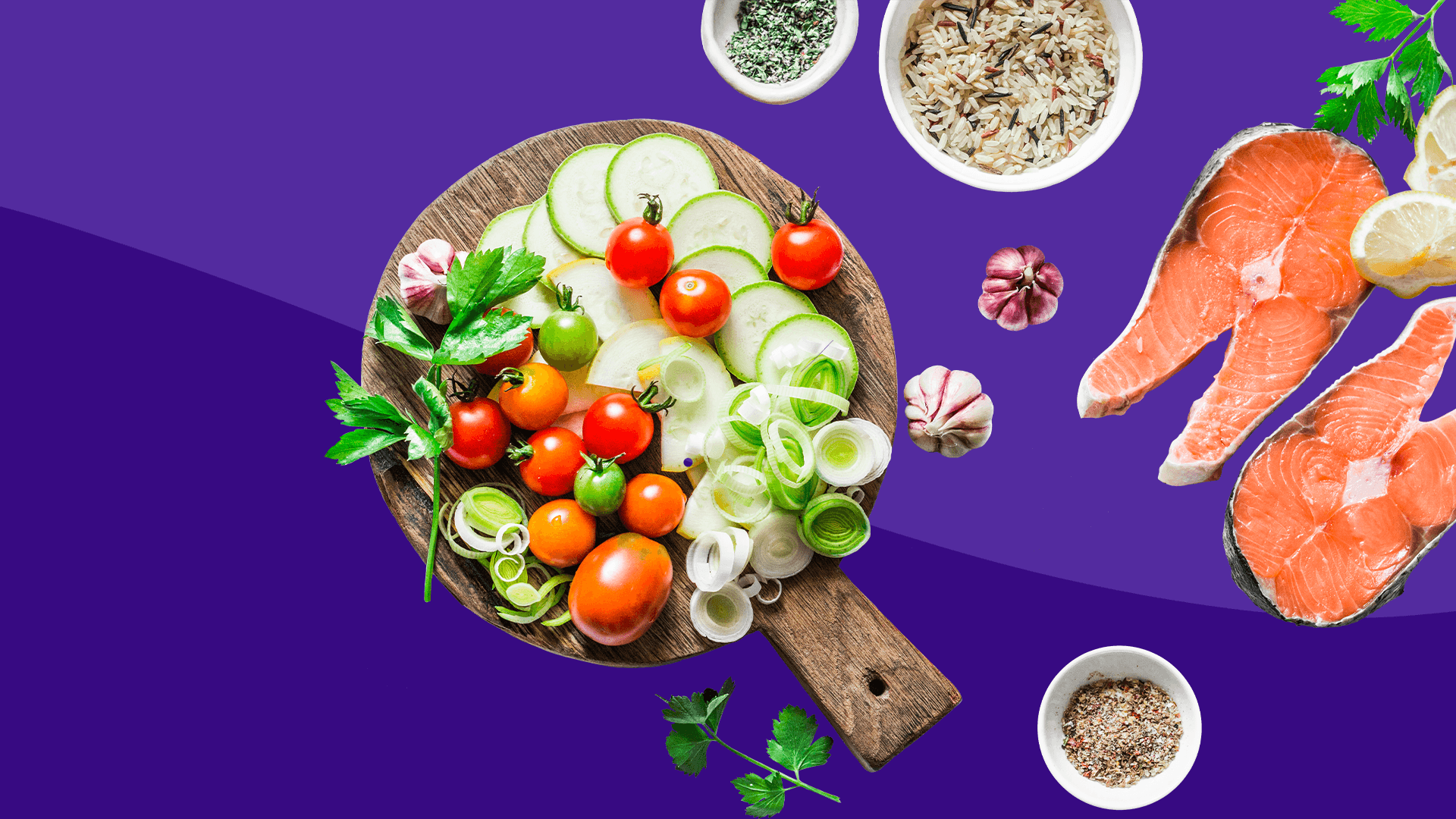Method Of Rice Milling
Pricey readers, I am sharing with you the method of rice milling these days. The future time you rip open up a pack of rice, you know that a ton of function has gone into bringing it to you – from paddy developed in a subject by a farmer, to the whitening of brown rice in a rice mill!
- Pre-cleaning – Paddy comes at the rice mill with a large amount of impurities – like filth, stones, straw and weed seeds. It is sent for pre-cleaning, i.e. handed via screens in purchase to get rid of these impurities and unfilled grains. A blend of screens is utilised for this function. To start with, system screens remove objects that are larger than the rice grains – this sort of as stones and straw. Then, good screens independent rice grains from the objects that are smaller sized than them – like dust, weed seeds and damaged grains.
- Destoning – Pre-cleansing does not get rid of all the stones. The paddy is then handed through a gravity desk, for this objective.
- Husking/ De-hulling – The husk is the hard outer layer coating of rice. The pre-cleaned paddy is next despatched to the husking device. There are a lot more than a person form of husking machines – rubber roller husker, metal huller and beneath runner disk sheller, all do the same position. Huskers use friction to remove the husk. The paddy is passed by way of two surfaces, going at various speeds. As it presses tightly against these surfaces, the undesired husk will come off. The result is brown rice!
- Husk Aspiration – A portion of paddy retains its husk even after husking. (The total of unhusked paddy relies upon upon on the efficiency of the huller.) Consequently, the result of husking is a combine of husks, brown rice, unhusked paddy kernels and even broken grains. The husk is taken out and discarded with a huller aspirator.
- Paddy Separation – Future, the unhusked paddy is divided from the brown rice, working with a paddy separator. These equipment use the variation in the gravity of brown rice and unhusked rice to separate the two. The paddy kernels are despatched again for husking.
- Whitening – It is now time to switch brown rice into white. The brown-coloured bran, together with the germ, is removed. Like husk, the bran is also a difficult coating, though its consumption is beneficial for human overall health. The germ is the reproductive section of the rice grain. There are quite a few machines designed for rice whitening.
- Sharpening – Sharpening is carried out to make improvements to the search of rice grains. Both whitening and polishing processes result in breakage of rice. This is because these processes apply strain to the rice grains. A mist of water is usually utilized to give the grains a clean up, sleek physical appearance.
- Size Grading – It is now time to eliminate the damaged items of rice, which enormously range in dimensions. A sifter separates these broken bits from “head rice”. (Unbroken kernels)
- Mixing/ Mixing – Best-high-quality rice includes negligible broken kernels. The greater the quality, the lesser is the quantity of damaged items. Broken parts are also sold independently, and are consumed in lots of areas of the environment. Head rice is mixed with a mounted total of broken kernels in this action.
- Weighing & Bagging – Last but not least, it is time for the rice to be stuffed in gunny baggage and transported to the seller. It is 1st weighed, typically working with a guide method, then loaded. It is labelled with particulars, these types of as the title of the assortment & the maker, net bodyweight, and so on.





